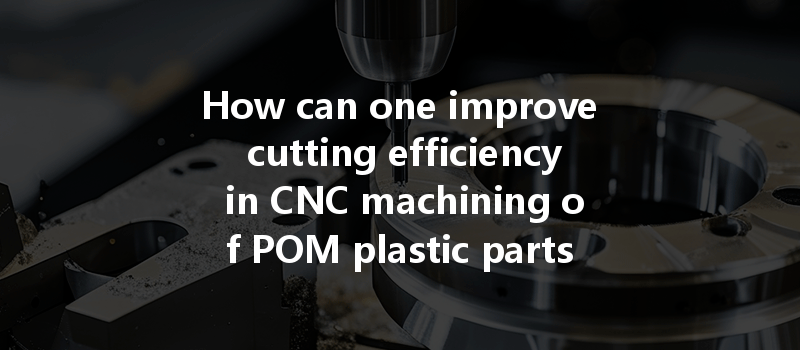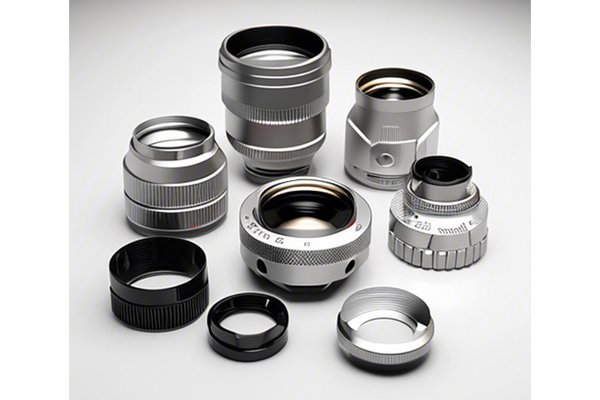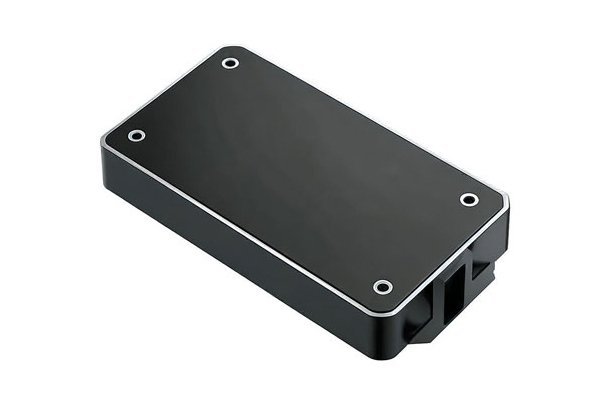Opening: Did you know that POM, or polyoxymethylene, is often regarded as one of the best engineering thermoplastics for precision machining? Its outstanding properties, such as low friction, high stiffness, and excellent dimensional stability, make it an ideal choice for a wide variety of CNC machined components. However, machining POM efficiently can present unique challenges and opportunities. In this blog, we will explore effective strategies to enhance the cutting efficiency of CNC machining in POM plastic parts, thereby optimizing both productivity and quality.
Understanding POM Plastic and Its Machining Characteristics
Before delving into the solutions for improving cutting efficiency in CNC machining of POM, it’s vital to understand what POM is and the intrinsic characteristics that affect its machinability.
Despite its many advantages, machining POM effectively can be tricky due to:
Strategies for Improving Cutting Efficiency in CNC Machining of POM
Choosing the right tooling is crucial for enhancing cutting efficiency in POM machining.
Optimizing cutting parameters is essential for maximizing efficiency.

Effective tool path strategies can significantly enhance cutting efficiency.
Properly securing the POM workpiece is vital.
Innovations and Technologies in CNC Machining POM
Leverage advanced CAD/CAM software to optimize tool paths, simulate machining processes, and predict potential issues before actual machining. This software can also help in nesting parts efficiently to reduce waste.
Incorporating IoT (Internet of Things) sensors can provide feedback on cutting conditions, temperature, and tool wear. This will allow for real-time adjustments to be made during machining, resulting in enhanced efficiency and quality.
Implementing automation in the CNC machining process can improve productivity. Automated tool changers, for example, can drastically reduce downtime between operations.
Efficiently machining POM plastic parts requires a nuanced understanding of the material’s properties and the ability to optimize various CNC machining parameters, tools, and technologies. By implementing the strategies outlined in this blog—from selecting the right tools to optimizing cutting parameters and employing innovative technologies—manufacturers can enhance their cutting efficiency, reduce waste, and improve the overall quality of their products.
Understanding these techniques is not just important for CNC machinists; it is vital for anyone involved in the production or design of plastic components. As industries continue to demand higher quality and more cost-effective processes, focusing on improving cutting efficiency will remain essential for standing out in a competitive market. By applying these principles, companies can streamline their operations, minimize costs, and deliver top-quality products to their clients, ensuring long-term success.






